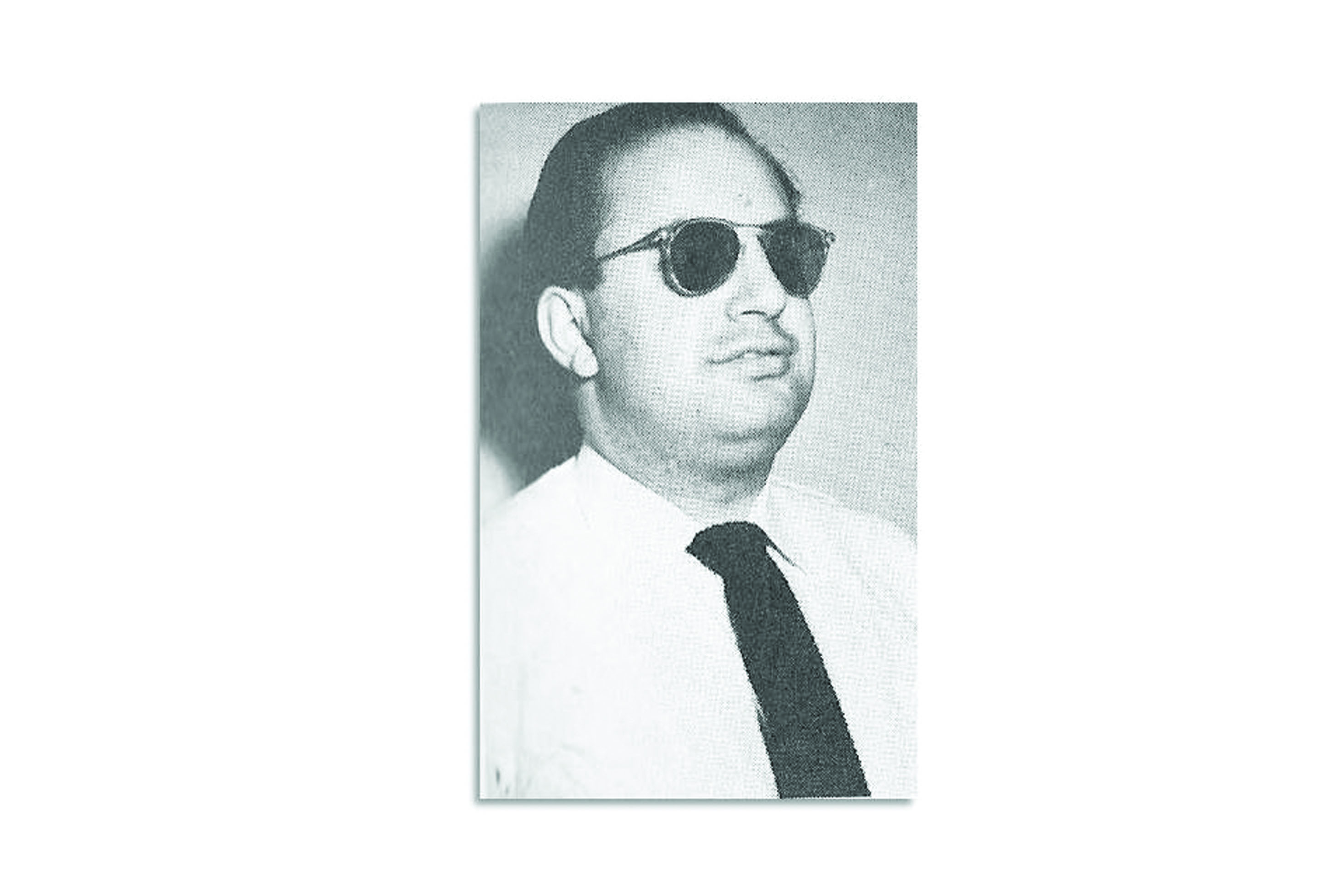Completely, ever-changing traditions of Christmas
When many people speak of Christmas, the talk always turns to “preserving tradition.” These sentiments amuse me because there is nothing so changing as so-called tradition, and the Christmas season finds supposed traditions changing almost overnight.
Start with the Christmas tree. In Western Oregon, it was not a Christmas tree unless it was a Douglas fir. But not because it looked the prettiest, although it did, and not because it was the cheapest to buy and easiest to cut. The reason the Douglas Fir was the preference was because of how it smelled. It had exactly the right aroma. If a tree didn’t have that Douglas fir scent, it wasn’t a Christmas tree.
Eventually, other trees became more favored in appearance although the Douglas never lost its popularity for many people as the most authentic Christmas tree. Consider, too, some people actually bought aluminum trees. Every holiday season they got out the kit, inserted the aluminum branches into the aluminum trunk and set it up. Sometimes a color wheel played on the reflective branches. The aluminum tree never shed its needles and presented no disposal problems after Christmas. A revived interest in natural vegetation ended the trend toward metallic trees.
Another tradition gone bust.
Other traditions have also changed. In times past you never opened your presents until Christmas morning, since Santa Claus brought them down the chimney on Christmas Eve. This waiting tortured the tots through a sleepless night of anticipation. Times changed, divorces came, followed by remarriages and blended families. Which set of grandparents to spend Christmas with? The solution became practical: spend Christmas Eve opening presents with one family, Christmas Day with the other.
Going back further in history, Christmas “traditions” have always changed, just maybe not as frequently. December 25 now is considered almost certainly not the day Christ was born. The Catholic Church fixed that as the day in A.D. 440, the day of the Winter Solstice according to the calendar then in use. That day had traditionally been a festival day among the “heathens.” In Anglo-Saxon England, the year began on Dec. 25, until the late 12th century when the beginning of the year changed to March 25. After England adopted the new style Gregorian calendar in 1752, the year changed again to begin on Jan. 1. Scotland changed over in 1600. (Pope Gregory actually introduced the revised calendar in 1582, but the Protestant countries resisted adopting it at that time.)
Those “traditional” manger scenes also fall far off base. Climatologists reject Dec. 25 as a day shepherds would be watching their flocks by night. The climate around Bethlehem is far too nasty for sheep herding at that time. The Bible itself demonstrates that the three wise men, or Magi, could not have appeared at the manger scene. They still had a considerable distance to travel on the day the Christ child was born.
Paintings of the traditional manger scene rendered in the Middle Ages seem almost absurd today. At that time, it was considered necessary that divine figures appear larger than mere mortals. Therefore, manger scenes are populated by a large-sized Mary being visited by miniature shepherds and wise men.
Christmas holly came from the ancient belief that such plants blossomed at Christmas time. Mistletoe survived from a decidedly un-Christian custom. The Druids hung it, hoping it would bring peace and good fortune.
Traditionally, we like to think Americans have always made a big deal about Christmas. Not so. Before the Civil War in the mid-19th century, few Americans observed Christmas. Most people today believe that it has always been a national holiday, observed everywhere. Again, not true. There are no “national” holidays in the United States. Each state has jurisdiction over its own holidays. There are federal holidays, which means the postman doesn’t come. As for Christmas, some states delayed making it a holiday until late in the 19th century.
Furthermore, Christmas has not always been considered a proper time for celebration. In the 17th century, the New England Puritans regarded Christmas as an unwelcome Catholic importation. In 1659, the Massachusetts Bay Colony passed a law prohibiting the celebration of Christmas. It wasn’t repealed for 25 years. As late as 1865, a judge named Samuel Sewall wrote in his diary that he was happy to see nobody celebrating Christmas.
As for putting Christ back in Christmas, it appears historically that it was the retailers who agitated for Christmas as a holiday. However, even they were slow to take up the cause, The New York Tribune newspaper in 1841 did not contain a single Christmas-themed ad. After the Civil War, retailers began trying special Christmas sales and they caught on fairly quickly. By 1870, December had become the biggest retailing month of the year.
If Santa Claus represents a tradition, the name, at least, originated in America. He was known in Europe as St. Nicholas. The Dutch immigrants to America reportedly spelled his name “Sint Nikolass.” In America, this first evolved into “Sinterklass” and eventually “Santa Claus.” In earlier years he smoked a pipe. As late as 1858 he didn’t have a beard. He got his present appearance in large part due to a cartoon drawn by Thomas Nast during the Civil War.
Santa has looked pretty much the same since then. He didn’t acquire Rudolph the Red-Nosed Reindeer until 1939. Montgomery Ward is given credit for coming up with that idea, although in the popular mind Rudy remains associated with the recorded song by Gene Autry, until then known as a cowboy warbler.
What we think of as Christmas tradition extending back centuries hasn’t remained unchanging. Like everything else in the modern world, today’s tradition becomes tomorrow’s amusing history.


